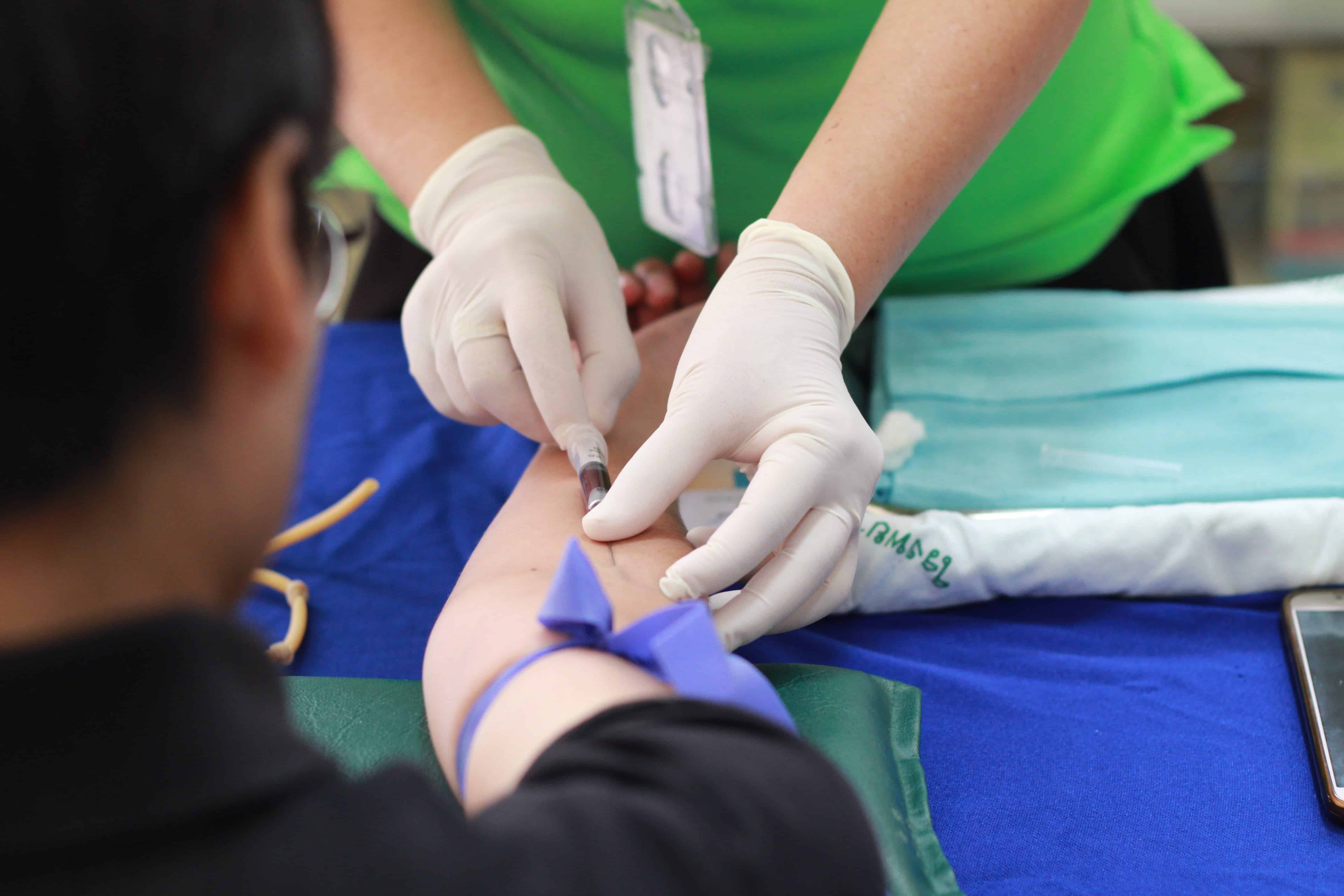

It's no secret that nurses and nursing assistants have played an essential role in making the U.S. healthcare industry what it is today.
According to the Center for Disease Control and Prevention (CDC), there are more than 18 million people in the United States who are actively working in the healthcare industry. It's the fastest growing industry in the U.S. economy after recently surpassing the manufacturing, finance and retail trade industries. With its growth, more and more workers in the industry are subjected to workplace injuries each year. Nurses and nursing assistants fall under that umbrella due to the basic functions and responsibilities of their job.
They are on the frontlines of hospitals, rehabilitation facilities and nursing homes - often required to complete strenuous and dangerous tasks that ensure doctor-patient relationships operate smoothly and efficiently. Just imagine lifting a 400-pound patient on and off a hospital bed, or working a 20-hour shift without breaks because the hospital is understaffed. This is the reality that nurses and nursing assistants face every day.
The CDC states that there are more than 18 million workers in the healthcare sector in the United States. The CDC reports that non-fatal occupational nursing injuries and illness are higher among workers in the healthcare field than among workers in any other industry sector. At Dugan & Associates, we often represent clients who are nurses and nursing assistants and have suffered the three types of nursing injuries below. We fight to maximize their benefits.
Musculoskeletal Injuries: Nurses and nursing assistants often suffer strains, sprains, tears, overexertion and ligament damage from the physical demands of their job. The most common causes are from lifting patients on to operating tables and beds, bending over to assist patients during care, pushing wheelchairs and performing various procedures. If someone we were representing suffered an injury of this nature, we'd inquire about safe patient handling policies in addition to proper lifting equipment that was readily available at the time.
Slips/Falls: Liquid spills are inevitable in the hospital setting, which drives up the rate of slips and falls for nurses and nursing assistants as they constantly walk the hallways and enter rooms while on the clock. It only takes one fall to cause a torn ligament or concussion that significantly limits their ability to complete the functions of their job.
Punctures: Whether it's in order to draw blood, administer immunizations or insert IVs, nurses and nursing assistants frequently handle needles while tending to patients. Mishandling of these tools can easily cause punctures and lacerations to the skin that require medical attention and have the potential to become infected.
If you or someone you love has suffered a workplace industry, the team at Dugan & Associates is ready to look at your case. Our team of experienced workplace injury lawyers will make sure you receive the maximum monetary compensation available to you. Give us a call at 412-353-3572 or contact us online today for your free consultation.
"*" indicates required fields